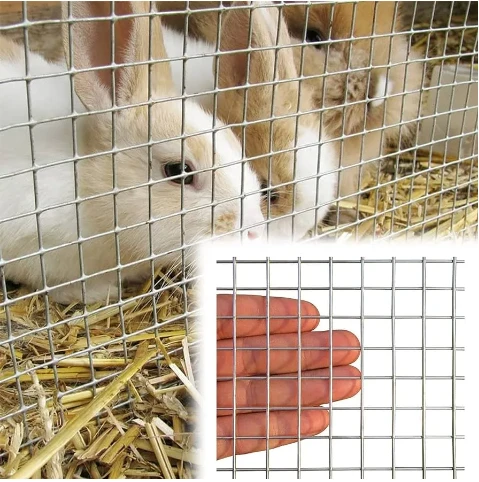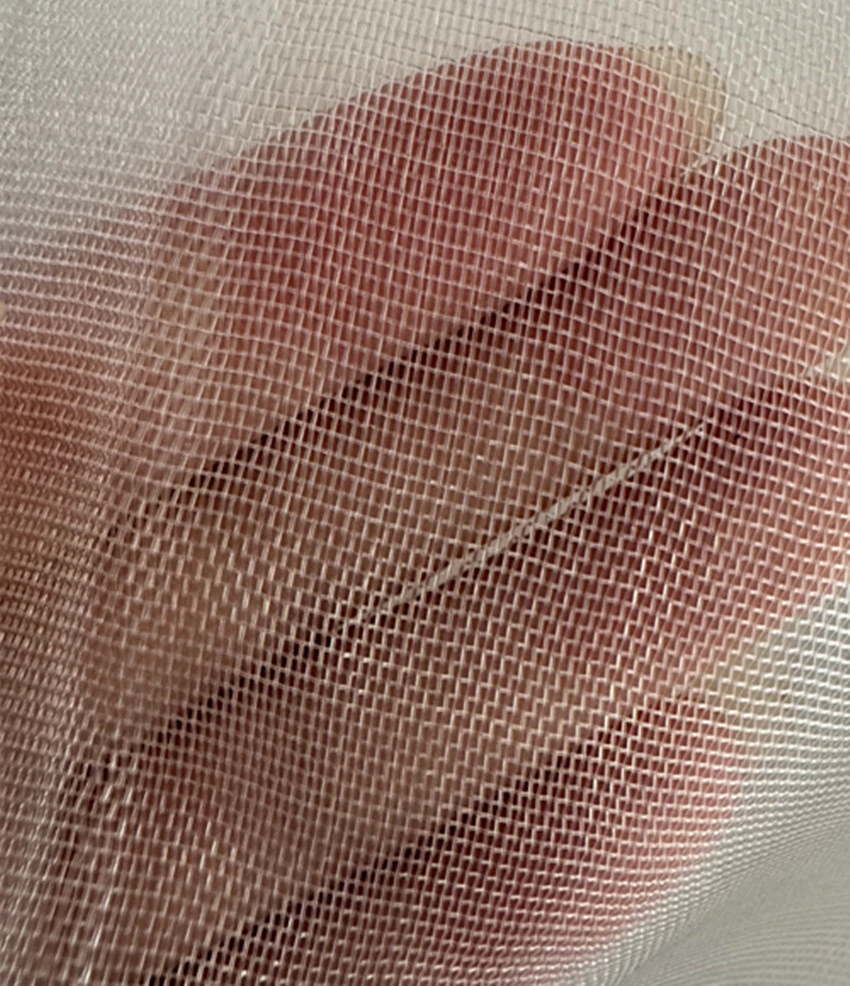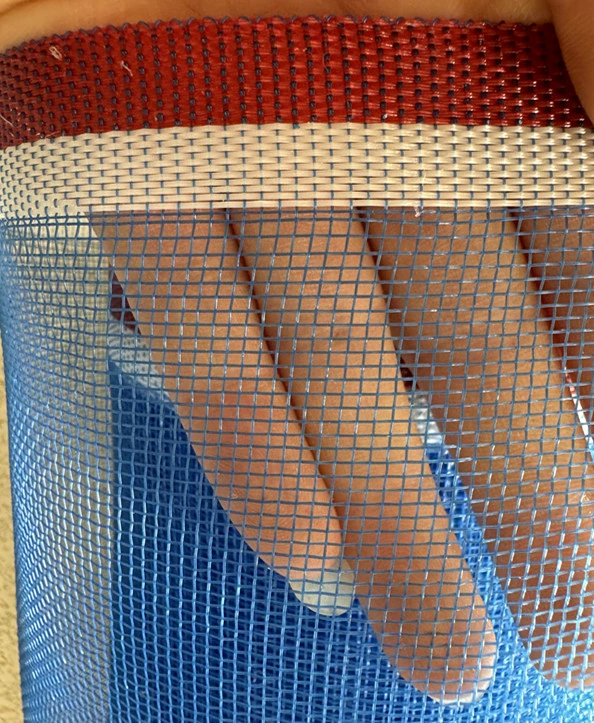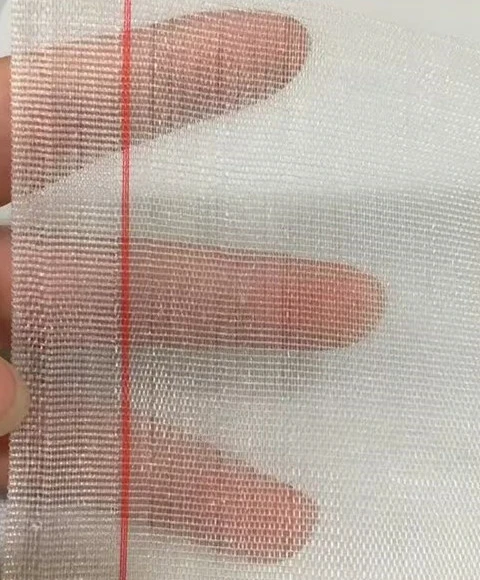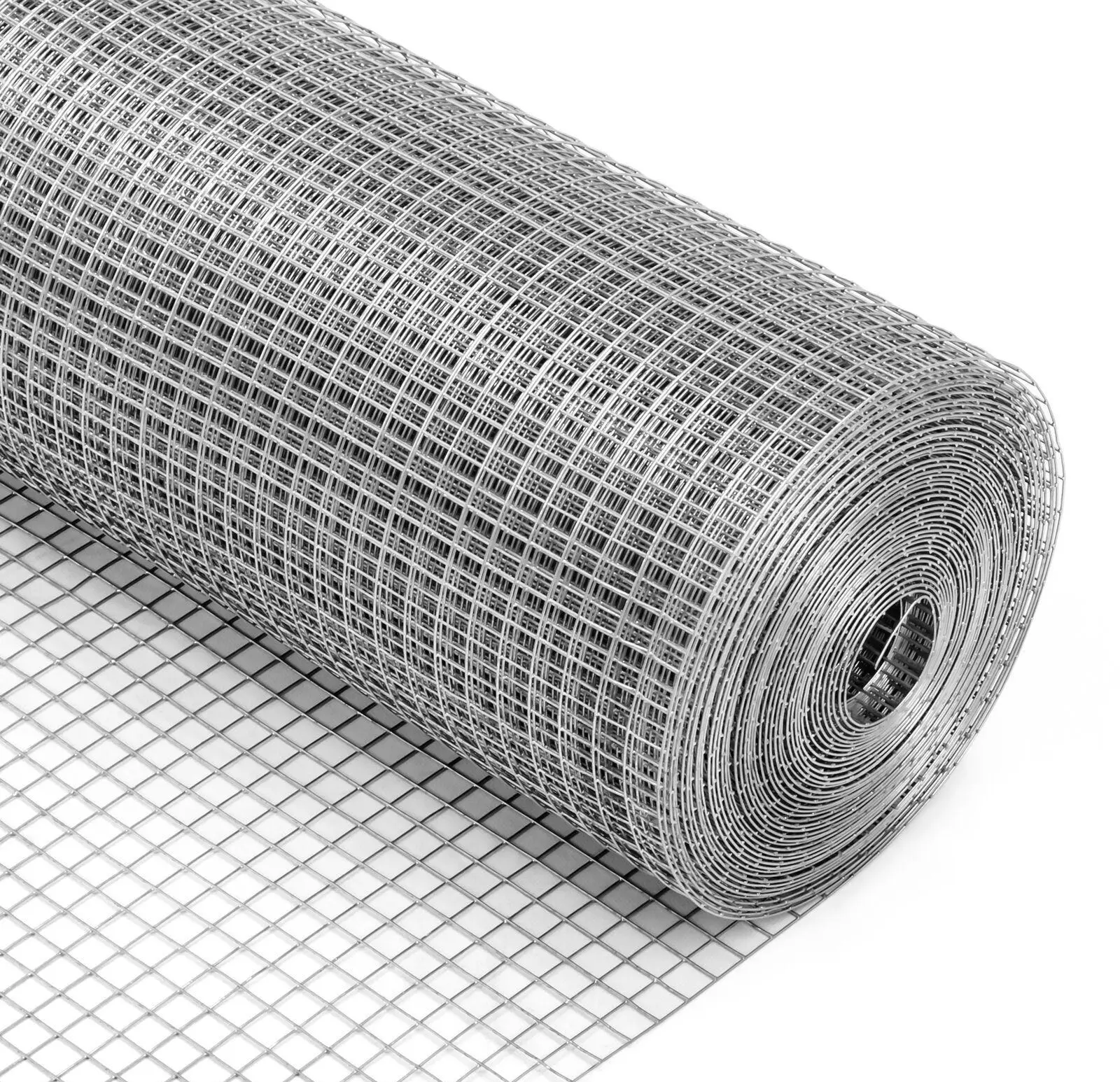-
 Afrikaans
Afrikaans -
 Albanian
Albanian -
 Amharic
Amharic -
 Arabic
Arabic -
 Armenian
Armenian -
 Azerbaijani
Azerbaijani -
 Basque
Basque -
 Belarusian
Belarusian -
 Bengali
Bengali -
 Bosnian
Bosnian -
 Bulgarian
Bulgarian -
 Catalan
Catalan -
 Cebuano
Cebuano -
 China
China -
 Corsican
Corsican -
 Croatian
Croatian -
 Czech
Czech -
 Danish
Danish -
 Dutch
Dutch -
 English
English -
 Esperanto
Esperanto -
 Estonian
Estonian -
 Finnish
Finnish -
 French
French -
 Frisian
Frisian -
 Galician
Galician -
 Georgian
Georgian -
 German
German -
 Greek
Greek -
 Gujarati
Gujarati -
 Haitian Creole
Haitian Creole -
 hausa
hausa -
 hawaiian
hawaiian -
 Hebrew
Hebrew -
 Hindi
Hindi -
 Miao
Miao -
 Hungarian
Hungarian -
 Icelandic
Icelandic -
 igbo
igbo -
 Indonesian
Indonesian -
 irish
irish -
 Italian
Italian -
 Japanese
Japanese -
 Javanese
Javanese -
 Kannada
Kannada -
 kazakh
kazakh -
 Khmer
Khmer -
 Rwandese
Rwandese -
 Korean
Korean -
 Kurdish
Kurdish -
 Kyrgyz
Kyrgyz -
 Lao
Lao -
 Latin
Latin -
 Latvian
Latvian -
 Lithuanian
Lithuanian -
 Luxembourgish
Luxembourgish -
 Macedonian
Macedonian -
 Malgashi
Malgashi -
 Malay
Malay -
 Malayalam
Malayalam -
 Maltese
Maltese -
 Maori
Maori -
 Marathi
Marathi -
 Mongolian
Mongolian -
 Myanmar
Myanmar -
 Nepali
Nepali -
 Norwegian
Norwegian -
 Norwegian
Norwegian -
 Occitan
Occitan -
 Pashto
Pashto -
 Persian
Persian -
 Polish
Polish -
 Portuguese
Portuguese -
 Punjabi
Punjabi -
 Romanian
Romanian -
 Russian
Russian -
 Samoan
Samoan -
 Scottish Gaelic
Scottish Gaelic -
 Serbian
Serbian -
 Sesotho
Sesotho -
 Shona
Shona -
 Sindhi
Sindhi -
 Sinhala
Sinhala -
 Slovak
Slovak -
 Slovenian
Slovenian -
 Somali
Somali -
 Spanish
Spanish -
 Sundanese
Sundanese -
 Swahili
Swahili -
 Swedish
Swedish -
 Tagalog
Tagalog -
 Tajik
Tajik -
 Tamil
Tamil -
 Tatar
Tatar -
 Telugu
Telugu -
 Thai
Thai -
 Turkish
Turkish -
 Turkmen
Turkmen -
 Ukrainian
Ukrainian -
 Urdu
Urdu -
 Uighur
Uighur -
 Uzbek
Uzbek -
 Vietnamese
Vietnamese -
 Welsh
Welsh -
 Bantu
Bantu -
 Yiddish
Yiddish -
 Yoruba
Yoruba -
 Zulu
Zulu
Effective Techniques for Collecting Aquatic Insects Using Nets in Freshwater Environments
The Importance of Aquatic Insect Nets in Ecosystem Monitoring
Aquatic insects, often overlooked in the grand tapestry of biodiversity, play crucial roles in freshwater ecosystems. These organisms, ranging from mayflies and dragonflies to caddisflies and stoneflies, not only serve as indicators of environmental health but also contribute to the intricate food webs that sustain various species, including fish, birds, and other wildlife. One vital tool for researchers studying these insects and their habitats is the aquatic insect net.
Aquatic insect nets, designed specifically for the collection of these organisms from freshwater environments, come in various forms, including dip nets, kick nets, and seines. Each type of net serves a distinct purpose and is utilized in different aquatic environments, such as rivers, lakes, ponds, and wetlands. The design of these nets typically features a sturdy handle for ease of use and a mesh fabric that allows water to flow through while capturing the insects.
Designing Effective Collection Methods
The effectiveness of an aquatic insect net hinges on its design. For example, a dip net, with its fine mesh and broad opening, is ideal for low-flow areas where insects can be found resting on submerged vegetation or debris. In contrast, a kick net is employed in faster flowing streams. Researchers place the net in the water and kick the substrate upstream, dislodging insects that are then caught in the net. This method helps to reveal a broader spectrum of species, providing vital data on the biodiversity present in various aquatic habitats.
The Role of Aquatic Insect Nets in Research
Aquatic insect nets are not just tools for collection; they are pivotal in ecological research. By collecting samples of aquatic insects, researchers can assess the health of freshwater ecosystems. The presence or absence of certain indicator species can reveal the level of pollution, habitat degradation, or changes due to climate impacts. For instance, mayflies, which are sensitive to pollution, can indicate clean water conditions. A drop in their populations may signal environmental issues that require further investigation and potential remediation efforts.
Through long-term studies, scientists can monitor trends in insect populations, which can provide insights into ecological shifts. Such data are invaluable for conservation efforts, regulatory agencies, and policymakers who aim to protect freshwater ecosystems. By understanding how aquatic insects respond to environmental changes, they can implement strategies to preserve these vital habitats.
aquatic insect net

Educational Applications
Beyond the scientific realm, aquatic insect nets are also instrumental in education. Schools, universities, and community organizations often utilize these nets in field studies to teach students about aquatic ecosystems, biodiversity, and the importance of water quality. Engaging students through hands-on experience fosters a deeper appreciation for nature and encourages future generations to participate in conservation efforts.
Field studies using aquatic insect nets offer a unique opportunity for experiential learning. Students gain insights into the complex interactions within ecosystems and the significance of each organism, no matter how small. This knowledge can propel them toward careers in environmental science, ecology, or conservation.
Challenges and Considerations
While aquatic insect nets are invaluable, their use also presents challenges. For one, improper collection methods can lead to bias in survey results, skewing data and misrepresenting the health of an ecosystem. Researchers must be trained in the proper use of these tools to ensure accurate and reliable data collection. Additionally, the sheer diversity of aquatic insects means that taxonomic identification can be intricate and time-consuming, necessitating a keen understanding of entomology.
Furthermore, ecological conditions can vary greatly from one site to another and even between seasons. This variability requires comprehensive study designs that account for these fluctuations to draw meaningful conclusions from collected data.
Conclusion
Aquatic insect nets serve as a bridge between the invisible world of insects and our understanding of freshwater ecosystems. They enable researchers to gather critical data, assess biodiversity, and monitor environmental changes. As tools of education, they inspire a new generation of environmental stewards. With the continued threats to aquatic ecosystems from pollution, climate change, and habitat destruction, the role of aquatic insect nets in research and conservation remains more important than ever. By fostering an appreciation for these remarkable organisms and the ecosystems they inhabit, we can promote efforts to protect and preserve our planet's water resources for future generations.
-
Why Construction Steel Mesh is the Backbone of Modern InfrastructureNewsJun.27,2025
-
The Ultimate Solution for Versatile Industrial and Consumer ApplicationsNewsJun.27,2025
-
Smart Breeding Starts Here: The Ideal Breeder Net for GuppiesNewsJun.27,2025
-
Maximize Your Harvest with Smart NetNewsJun.27,2025
-
High-Performance Steel Mesh Solutions for Modern IndustryNewsJun.27,2025
-
Durable Solutions for Modern Agriculture and LandscapingNewsJun.27,2025




